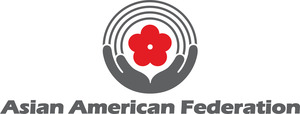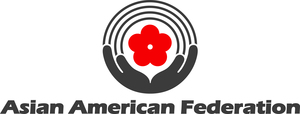Over the last 2 decades, the Asian American population in New York City has exploded with 110% growth, and is more diverse than ever, hailing not only from East Asia but from South and Southeast Asia, as well as from secondary migrations such as the Indo-Guyanese. Nearly 78% of NYC’s Asian Americans are foreign born.
This conference seeks to answer the questions of who they are, where they have chosen to locate and how their communities have grown, how to preserve the culture and historical heritage of these communities for the older communities, to prepare new communities who will want to preserve their history in the US, and to connect scholars and community to identify trends and issues of concern for these communities.
Sessions
- The Newest Asian New Yorkers
- New York’s Indo-Caribbean Diaspora: Update
- Preserving our Historical and Cultural Heritage
- Community Research: Mapping & Networking



